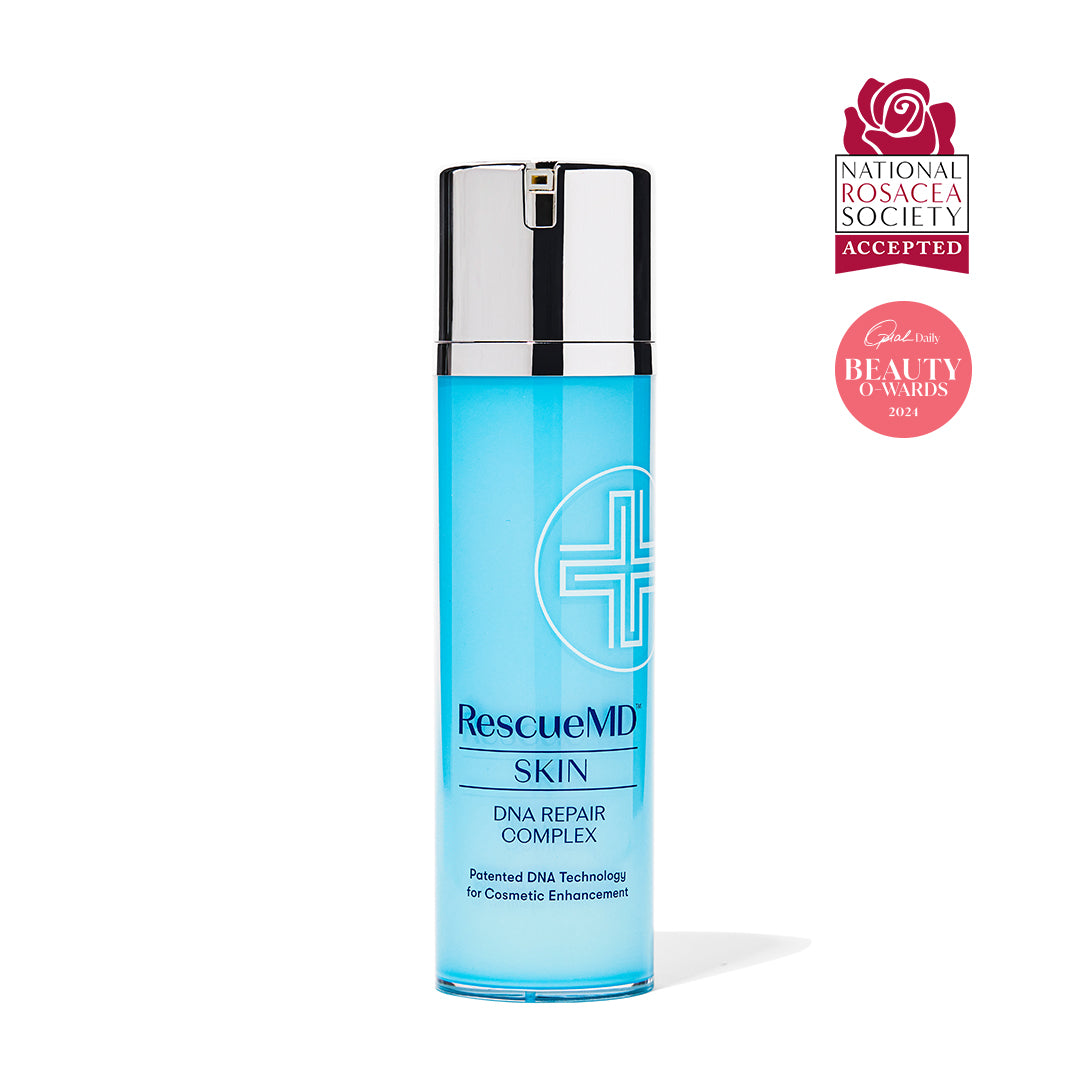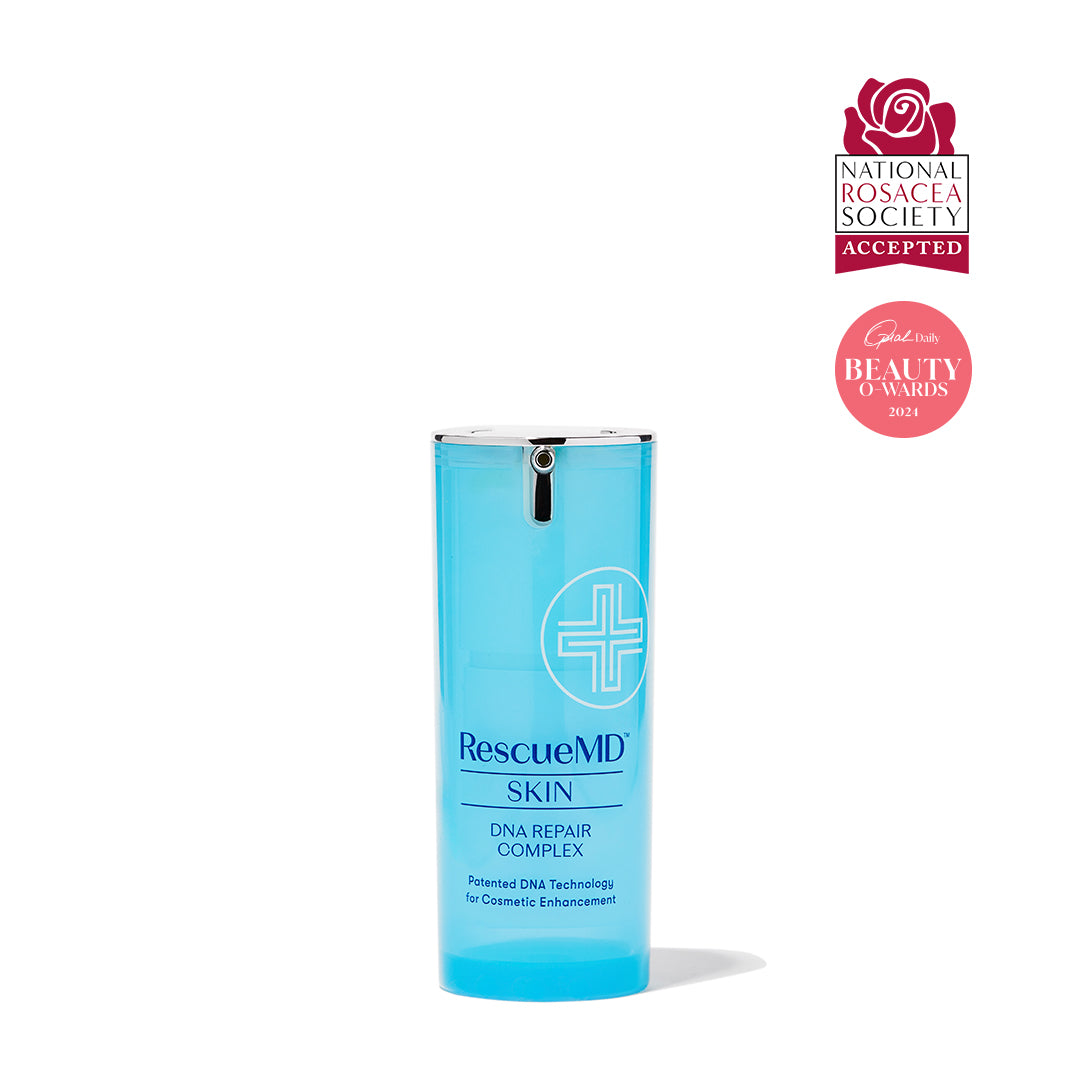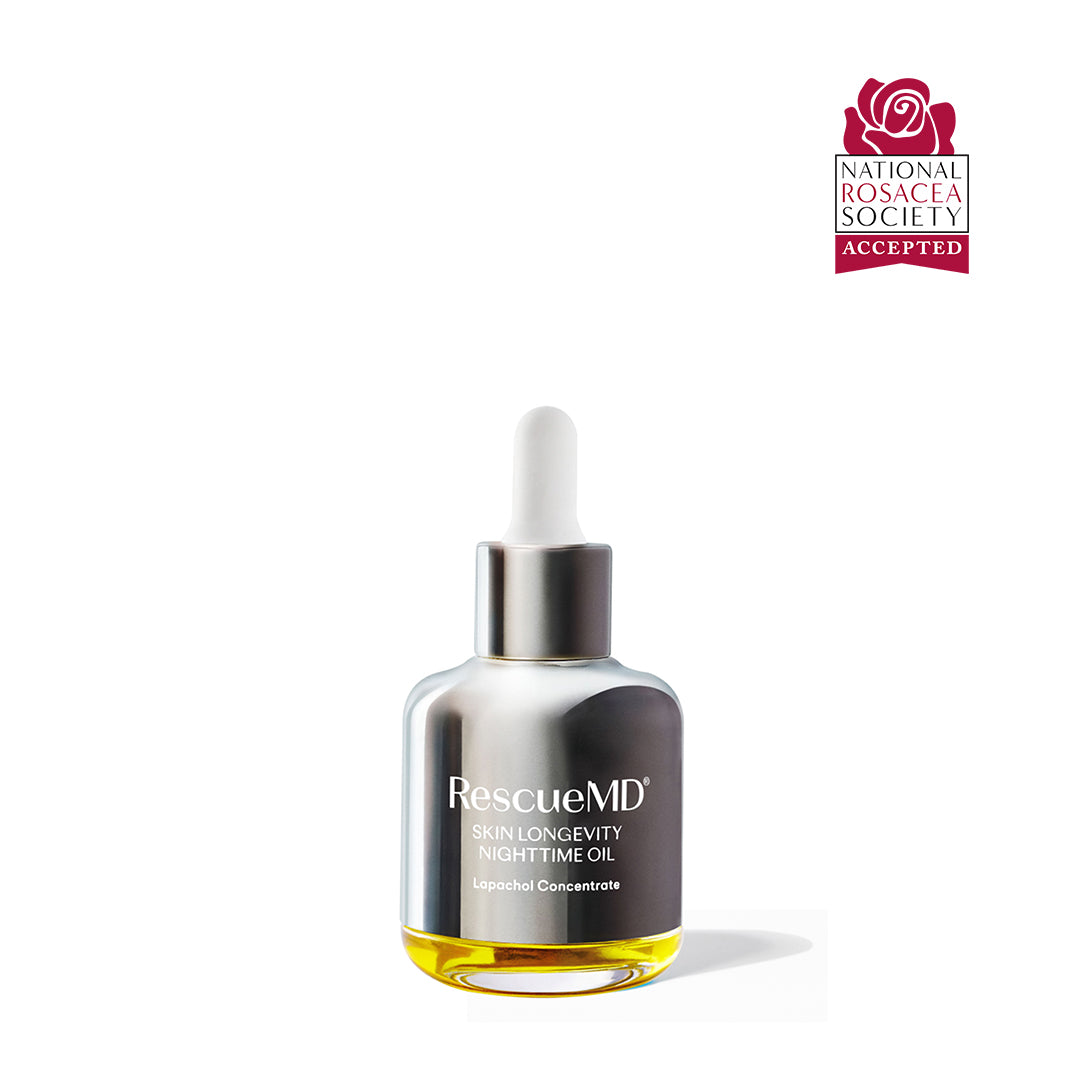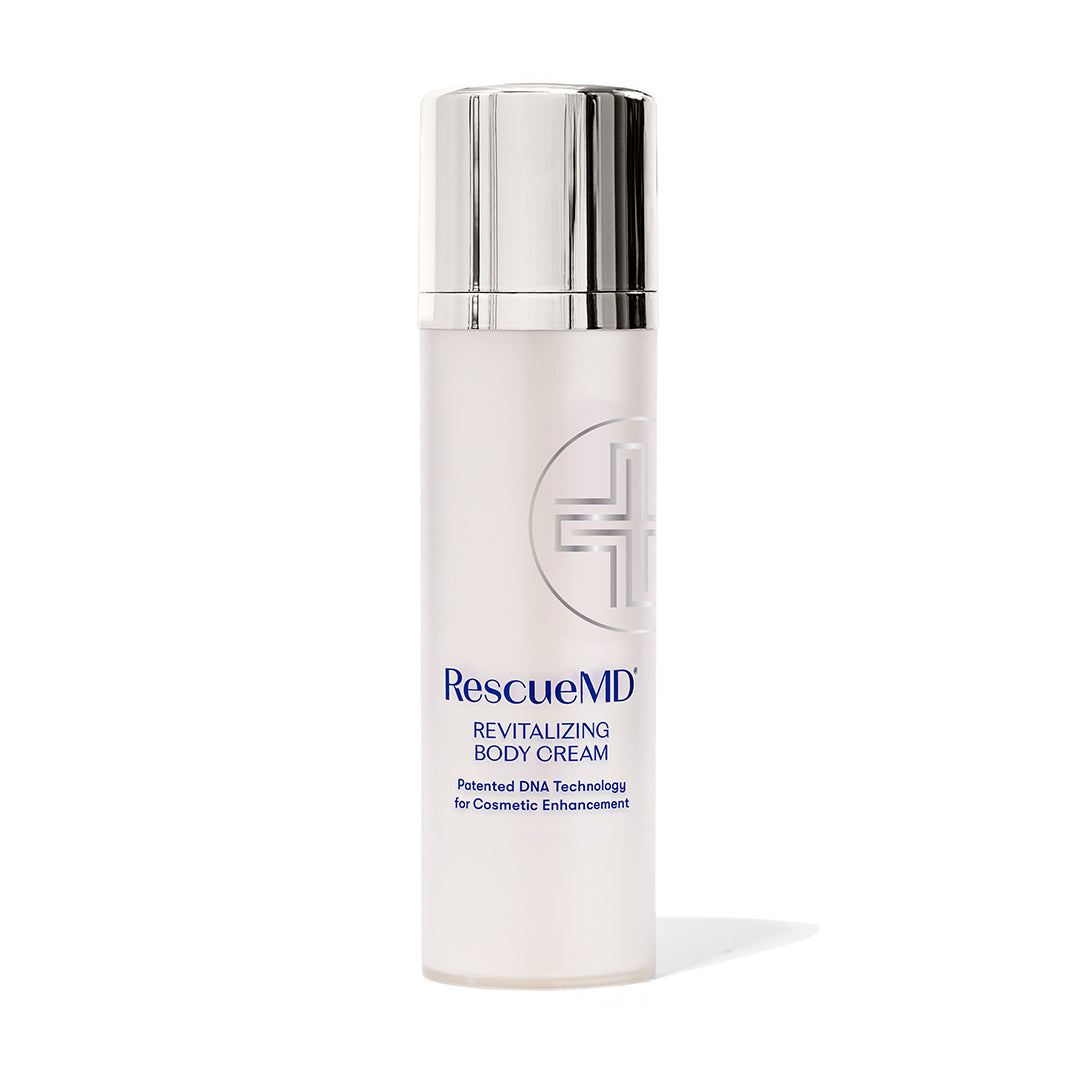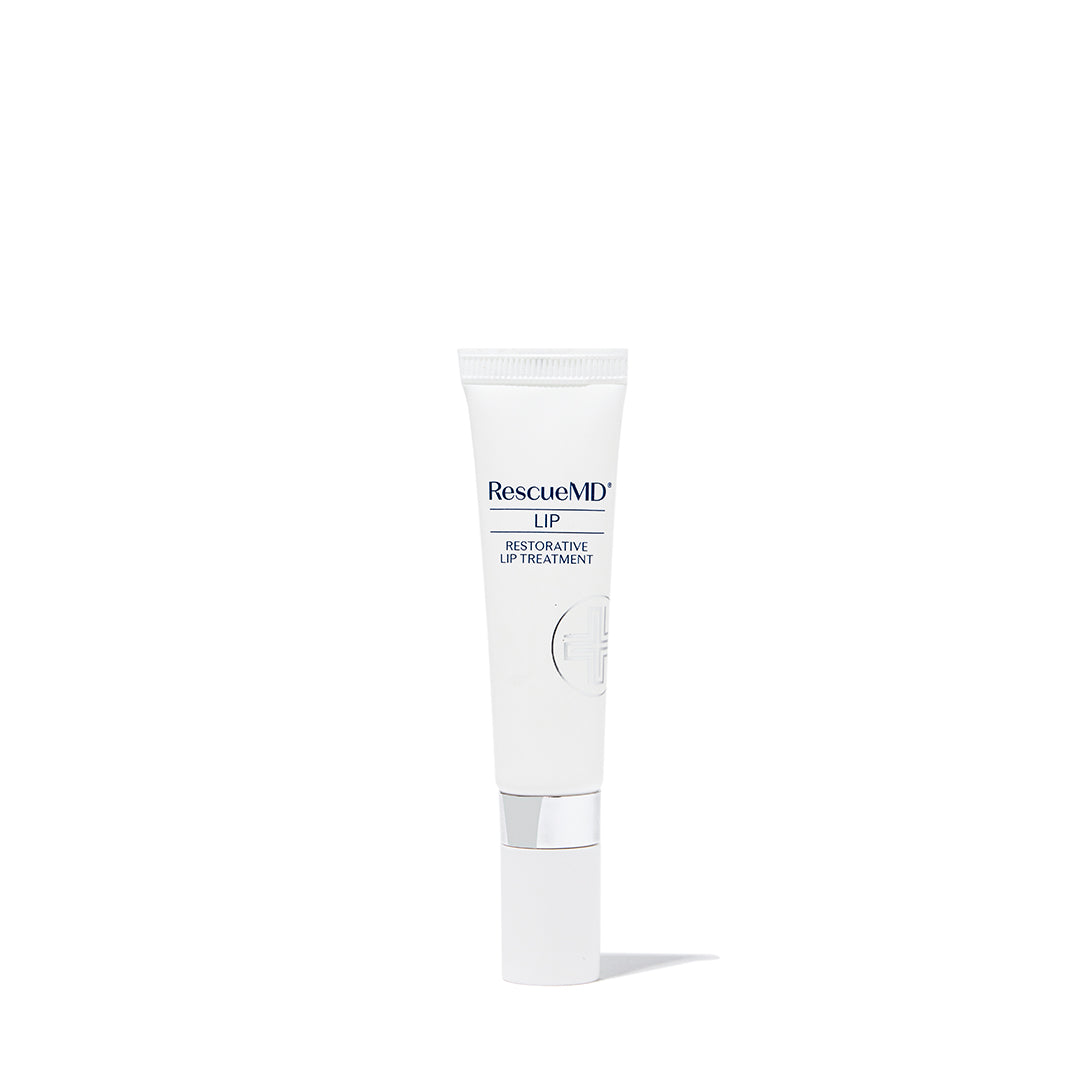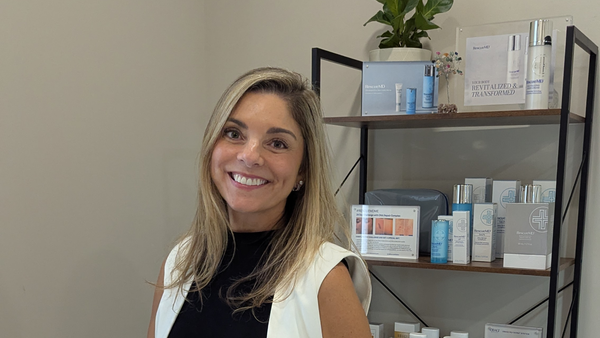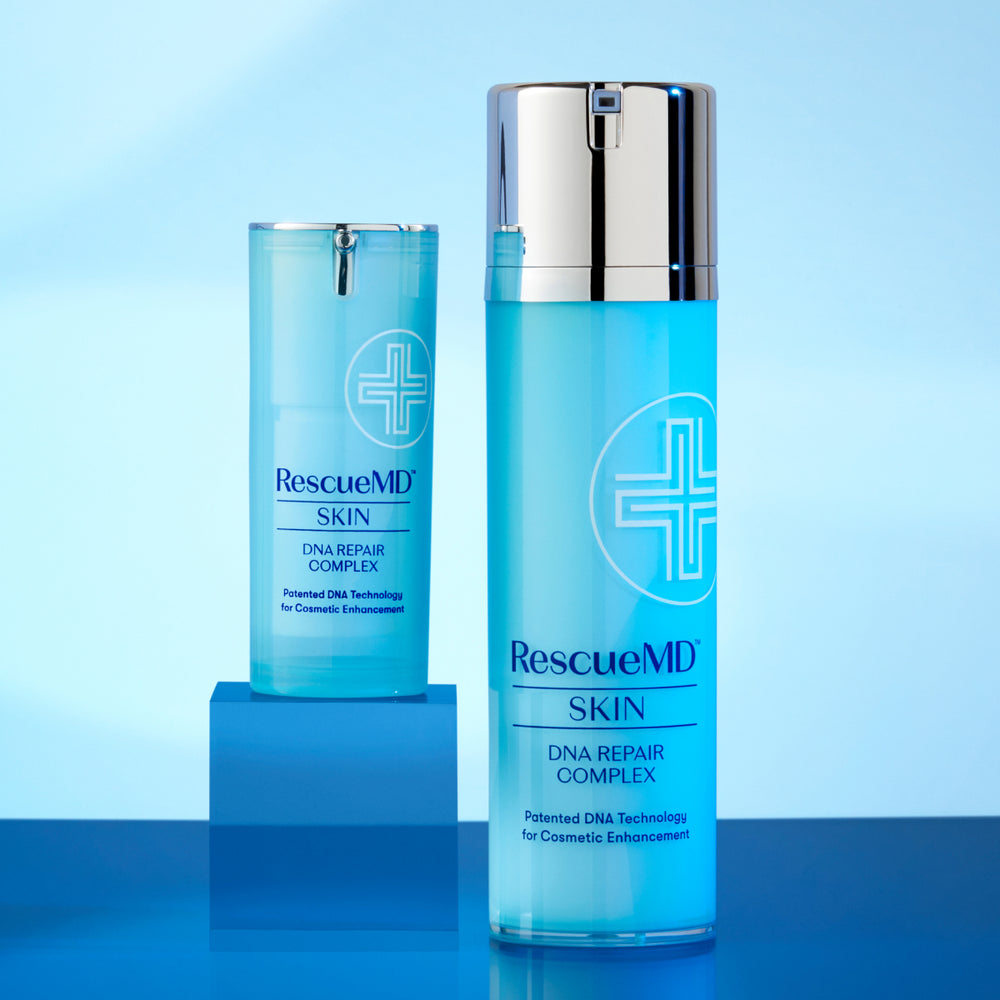Acne scars may be the most frustrating form of skin damage out there. After facing a pesky bout of acne, it’s quite upsetting when it leaves behind dark marks and scars — permanent reminders of your struggles with your skin. The good news is that there are professional treatments that can help get rid of your acne scars, as well as skincare products you can use at home to help improve the appearance of visible acne scarring and dark marks.
That said, there are many different forms of acne scars, and to get rid of acne scars, you need to select the right treatment methodology for your specific needs. Here, we break down all you need to know about acne scars, including causes, types, and the best treatments for acne scars, both at your doctor’s office and at home.
What Causes Acne And What Causes Acne Scars?
Your skin has millions of tiny openings, called pores, through which oil and sweat escape. It’s easy for dirt, dead skin cells, and sebum to build up inside pores, especially after physical activity. This creates inflammation, which causes a pimple. Bacteria called P. acnes live on the surface of your skin, and when it causes infections in these blocked pores, it leads to acne. Hormonal fluctuations, certain medications, and lifestyle behaviors can all contribute to the exacerbation of acne.
If you’ve ever struggled with acne, you know that some breakouts heal better than others. If the inflammation is not severe, a pimple may heal without a scar at all. But if your acne is particularly inflamed, it may cause more significant damage to deeper levels of the skin, resulting in more significant acne scars. Acne scars occur when your body fights back against the infection and inflammation, working to heal your skin from the inside out by producing collagen in that area. Unfortunately, if the acne was severe enough to damage deeper tissues, you may observe divots or indentations — or even a raised bump of scar tissue — where the blemish used to be. These are acne scars.
What Are The Types Of Acne Scars?
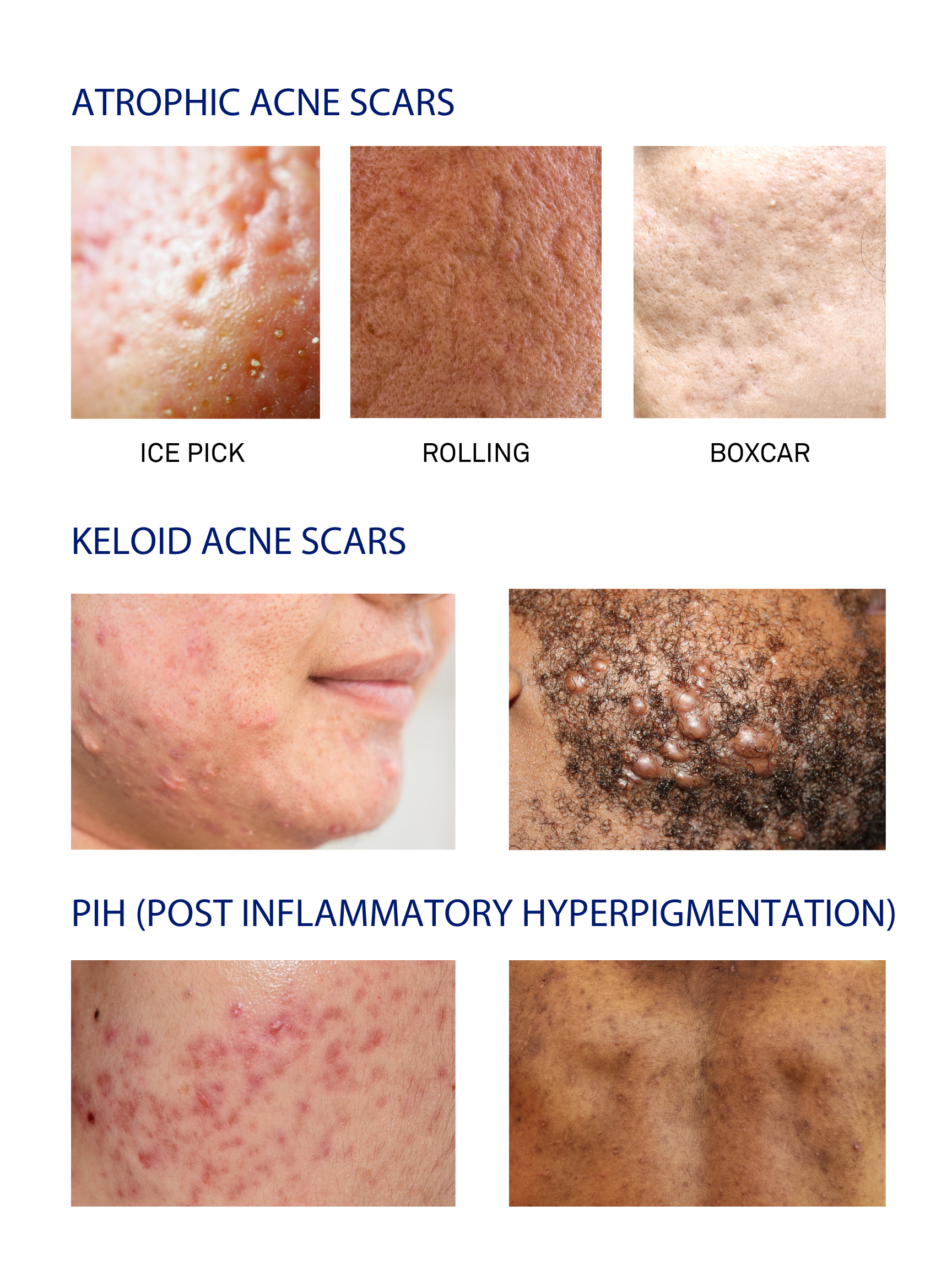
As we just briefly touched upon, there are two major types of acne scars: Atrophic, or depressed acne scars (which leave little pits or craters where the pimple was) and raised acne scars. There are several kinds of depressed acne scars, and they are named for the shape of the indentation that the acne scar makes in the skin.
The first type of acne scar in the atrophic category is an ice pick scar, which appears exactly as it sounds — like tiny, narrow punctures from an ice pick. These are the hardest to get rid of, as they are deeper injuries to the skin than other kinds of acne scars. The next kind of atrophic acne scar is a rolling scar, which is a broad depression with a sloped edge. These give a wavy (or “rolling”) appearance to the skin. The last type of acne scar is a boxcar scar, which looks similar to a rolling scar, but instead has well-defined, sharp edges.
There is only one kind of raised acne scar, and this is called a keloid scar. Keloid acne scars occur when the skin is just a little too good at healing itself, and produces a bump instead of restoring the wound to its prior flat condition. These scars are most common in skin of color.
Though it’s not an acne scar, we’d be remiss if we didn’t mention post-inflammatory hyperpigmentation, or PIH. This is when the trauma of acne leaves dark marks in its wake. While these dark spots are technically less damaging to the skin, they can still be quite pesky to get rid of — but can also be helped by treatments that get rid of acne scars.
How Do You Prevent Acne Scarring?
While acne scarring can be unavoidable in some cases, the best way to prevent acne scarring is to never, ever pick at your skin or pop your pimples. As the old saying goes, a ounce of prevention is worth a pound of cure: It’s much easier to prevent acne scarring the best you can — bynotsqueezing your pimples — than it is to treat them. We know that at times, this can be impossible to resist, but most dermatologists will tell you that skin picking is the most frequent cause of acne scars. Often, picking at a pimple can force the infection deeper into the pore and even cause it to spread, so hands off!
What Is The Best In-Office Treatment For Acne Scars?
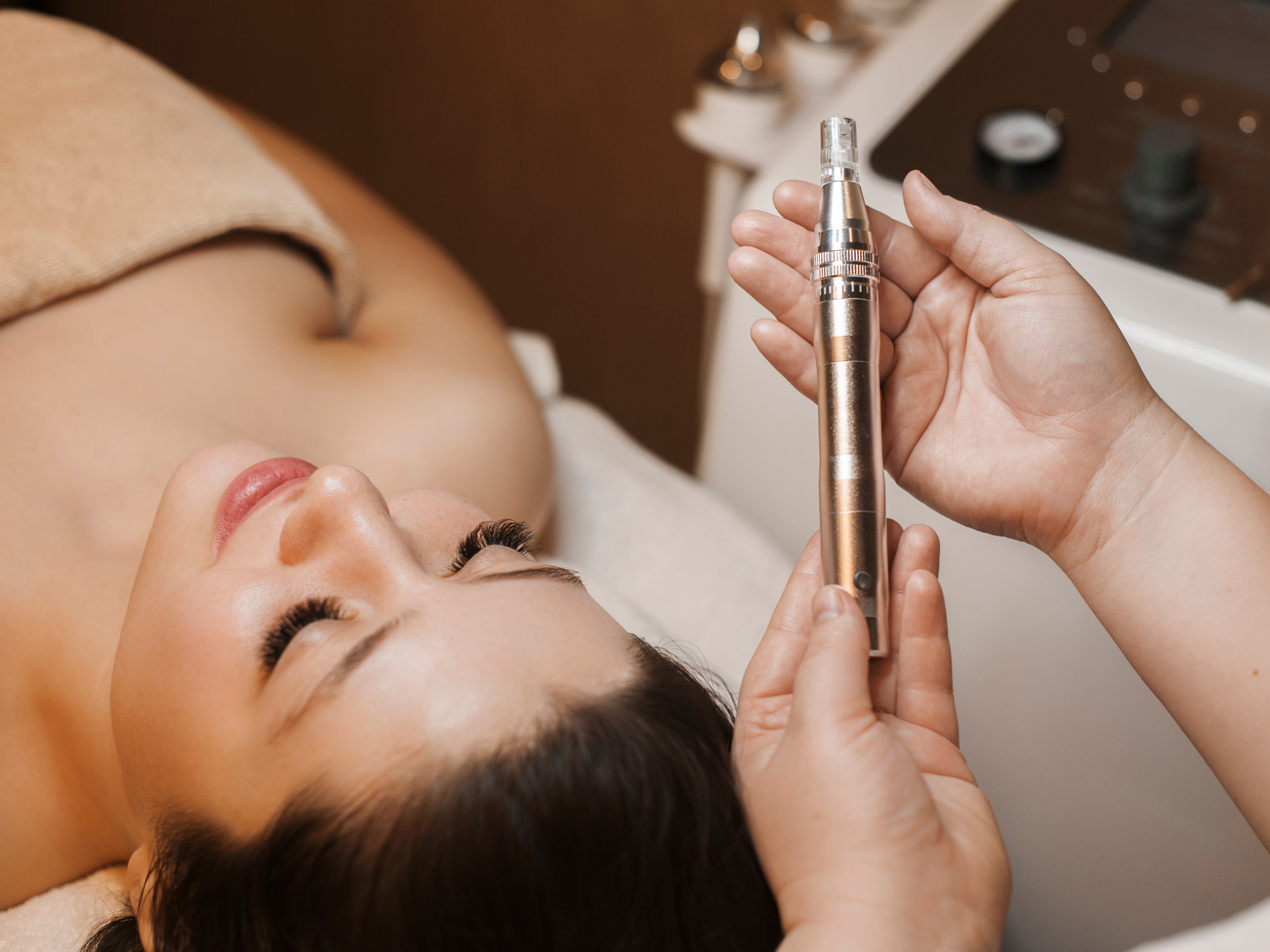
While it’s important to talk to your doctor about what’s best for your unique skin goals, there are a handful of common professional treatments that you can book to help get rid of acne scars.
Laser treatment for acne scars is perhaps the most common and effective choice, namely fractional CO2 lasers. These lasers treat acne scars by using a concentrated beam of energy to carefully, intentionally damage the skin in the targeted area. This triggers the body’s healing response, producing more collagen to help firm the skin in the area and improve the appearance of acne scars. These treatments vary in strength, and can require anywhere from several hours to a week or more of downtime as the skin recovers.
Other popular acne scar treatments include collagen induction therapy, also known as microneedling, which uses ultrafine needles to puncture the skin and – you guessed it — intentionally damage the skin to trigger healing. This can be paired with radiofrequency for more potent results. Chemical peels or microdermabrasion, which exfoliate the surface of the skin, can also help improve the appearance of acne scars, especially in conjunction with other therapies.
What Is The Best At-Home Treatment For Acne Scars?
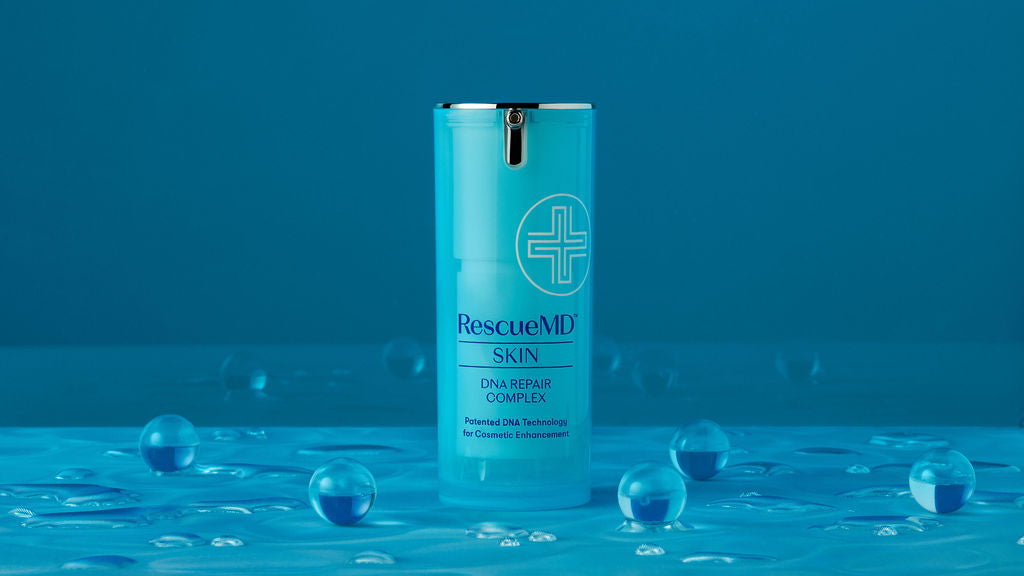
The best treatment for acne scars at home is to follow a skincare regimen that both supports the professional treatments you’re receiving from your doctor and helps visibly improve the appearance of your skin. RescueMD DNA Repair Complex is the best at-home treatment for acne scars because it’s gentle enough to use as an aftercare treatment, yet potent enough to help soften the look of common signs of skin damage (including acne scars). Our patented technology supports your skin’s DNA functions to help correct the appearance of scars, while delivering anti-inflammatory and antibacterial benefits.
RescueMD DNA Repair Complex is especially effective in helping make newly-formed scars look better, but with dedicated, consistent use can also improve the look of older scars. Remember, patience is key when treating scars, and our board-certified plastic surgeon, Dr. Michael Suzman, notes that it will likely take a minimum of six months to reduce the appearance of acne scars with topical treatments alone. Learn more about the technology behind RescueMD DNA Repair Complex and how it can visibly help the appearance of skin damage here.


